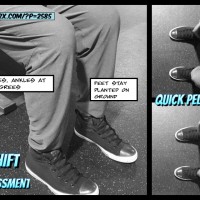
Tuesday: Fitness Do’s (Seated Hip Shift)
Setup & Alternating Motion
The seated hip shift is a quick and effective exercise to incorporate during the day while seated. It is also a great self-assessment that gauges one’s ability to alternate between sides. When the left knee moves forward and the right knee moves back the pelvis will rotate to the right in the transverse plane as the femurs shift forward/back in the sagittal plane.
Left Knee Forward / Right Knee Back = Right Pelvic Rotation
Right Knee Forward / Left Knee Back = Left Pelvic Rotation
Feel this motion as you perform the exercise. This is an important component of gait where the pelvis rotates towards the lead leg so it can be loaded.
#1: Seated Alternation Setup/Instructions
Begin with the ankles, knees, and hips at ninety degrees. The feet are firmly planted on the floor and will not move during this exercise. It is the femurs that are moving not the feet – the knee angle will also not change.
Perform 10-15 alternating repetitions. You can do this at different speeds but first try moving so slowly that a person sitting across from you wouldn’t notice your movement. Also make sure that you are not arching your back during the movement.
#2: Self-Assessment
After having performed a number of slow repetitions note the difference in range of motion and quality of movement on each side. If your range of motion and quality of movement improves with 10 repetitions the initial limitation was more neurological and improved via practice.
If you are still unable to shift back and forth (it’s just a few inches of movement) or pull the left knee back (in particular) you may have some capsular tightness in your hip joint that is physically preventing the motion. Stretching of the left posterior capsule may be required but just going through the movement itself can help.
Most people have a harder time shifting the left knee back. Some people will have trouble on both sides with the movement.
This alternating motion consists of shifting one femur forward and one femur back is a normal component of the gait cycle that becomes compromised when an individual becomes overextended or too stable in a right dominant pattern. In this scenario dynamic stability from the legs controlling frontal plane movement is sacrificed and replaced by excessive movement from the low back.
This can also be felt in quadruped where hip extension is limited and the low back is unstable/arches in compensation during hip extension on one side.
#3a: Recognizing & Treating Asymmetry
The following pictures show a right dominant pattern that involves more than just the tendency to favor the right leg. There are a number of neurological, respiratory, and biomechanical factors that drive this pattern.
Right pelvic orientation is a normal part of human locomotion. It becomes a compensation pattern when someone can no longer shift/rotate to their left. I have used this left hip shift exercise with excellent results with hundreds of patients (left adductor pullback).
Some individuals are ‘stuck in the middle’ in a bilateral compensation pattern whereas they can’t efficiently rotate their pelvis to the right or the left.
The Postural Restoration Institute discusses this in-depth in their courses. The left hip shift graphic is from an excellent two-part article on asymmetry by PRI Practitioner Jason Masek entitled, “Femoroacetabular Impingement: Mechanisms, Diagnosis and Treatment Options Using Postural Restoration.”
#3b: Shifting into the Left Hip
While the first part simply involved an alternating hip shift from both sides, the full movement to emphasize for a left hip shift and left pelvic rotation is as follows:
A: Sense your left heel lightly pressing it into the floor as you engage your left hamstring
B: As you pull your left knee (femur) back into the socket hike your left hip up
C: Then also pull your left knee in
Part A/B/C done together integrates the left hamstring, left adductor, and left abdominal wall which is necessary during gait to load the left leg.
If you noticed you had a harder time pulling your left knee back – hold this position for 4 breaths. Repeat 4x.
Left Sided Engagement While Driving
Oftentimes the left knee falls out to the side while driving. If the right leg is also externally rotated (out to the side) bring the right leg in to neutral and pull the left knee IN slightly past neutral. This will be a light engagement that emphasizes more of the IN motion than the shift.
– Kevin J. Kula, “The Flexibility Coach”
Resources
https://www.posturalrestoration.com/community/post/2244/new-article-published-on-femoroacetabular-impingement-by-jason-masek?id=2244
Left Adductor Pullback Exercise: https://www.ncbi.nlm.nih.gov/pmc/articles/PMC3679640/
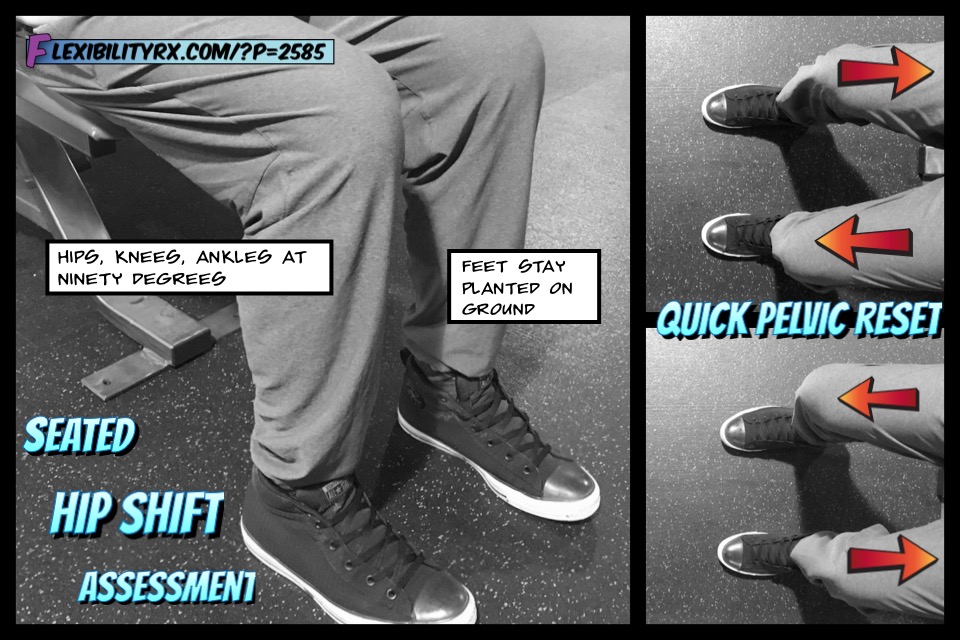
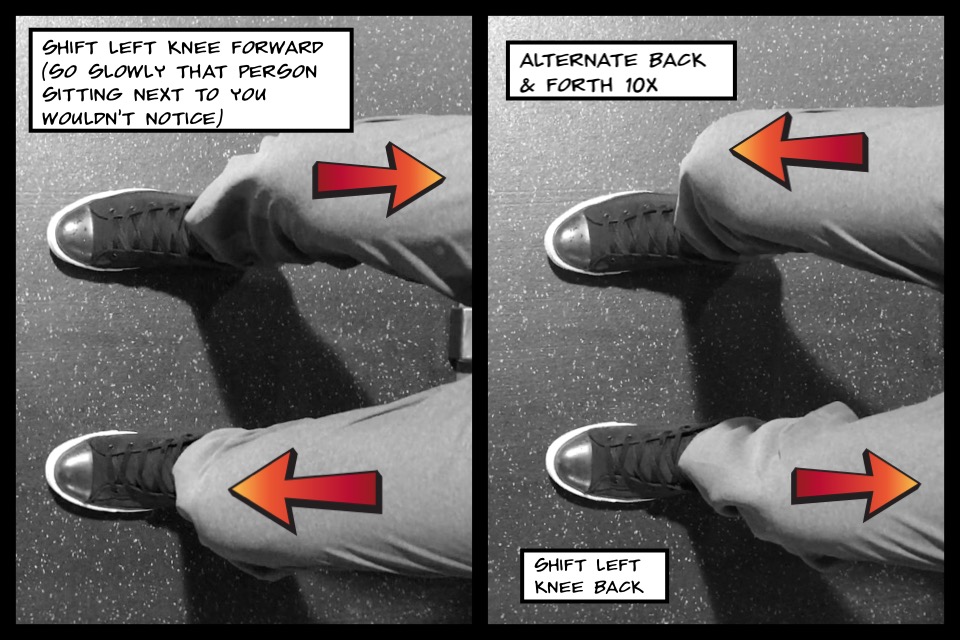
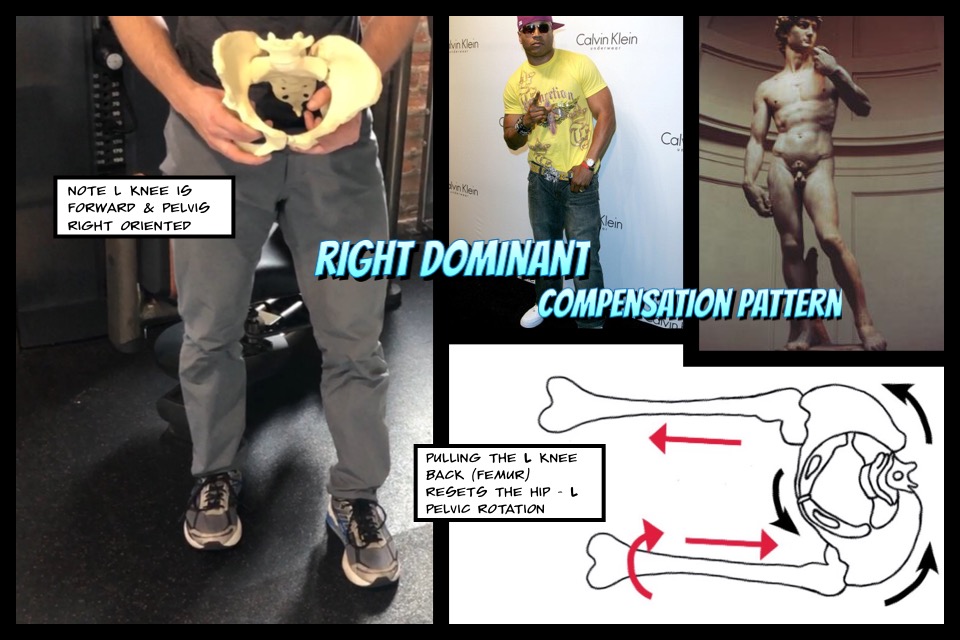
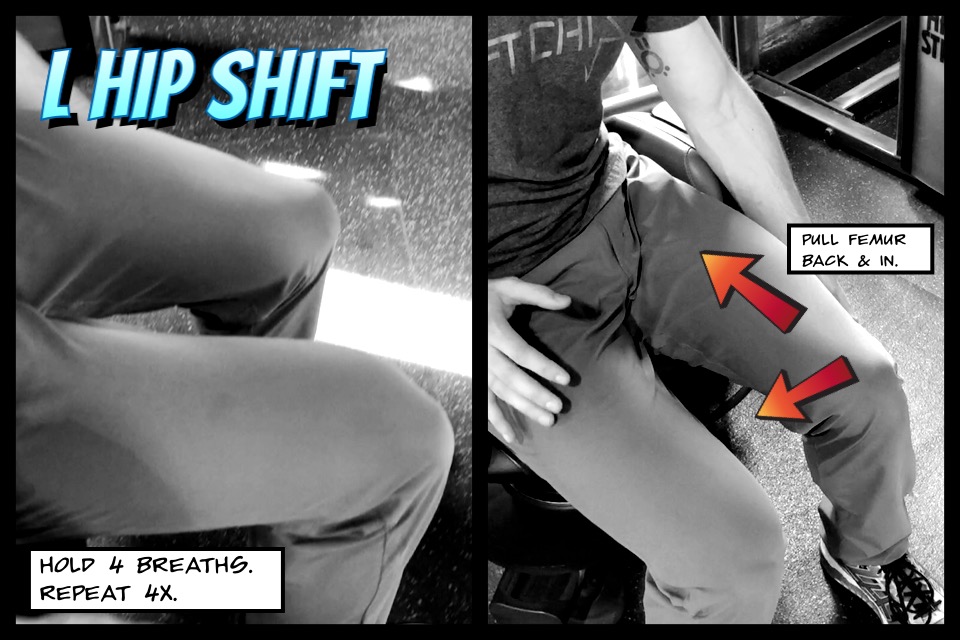
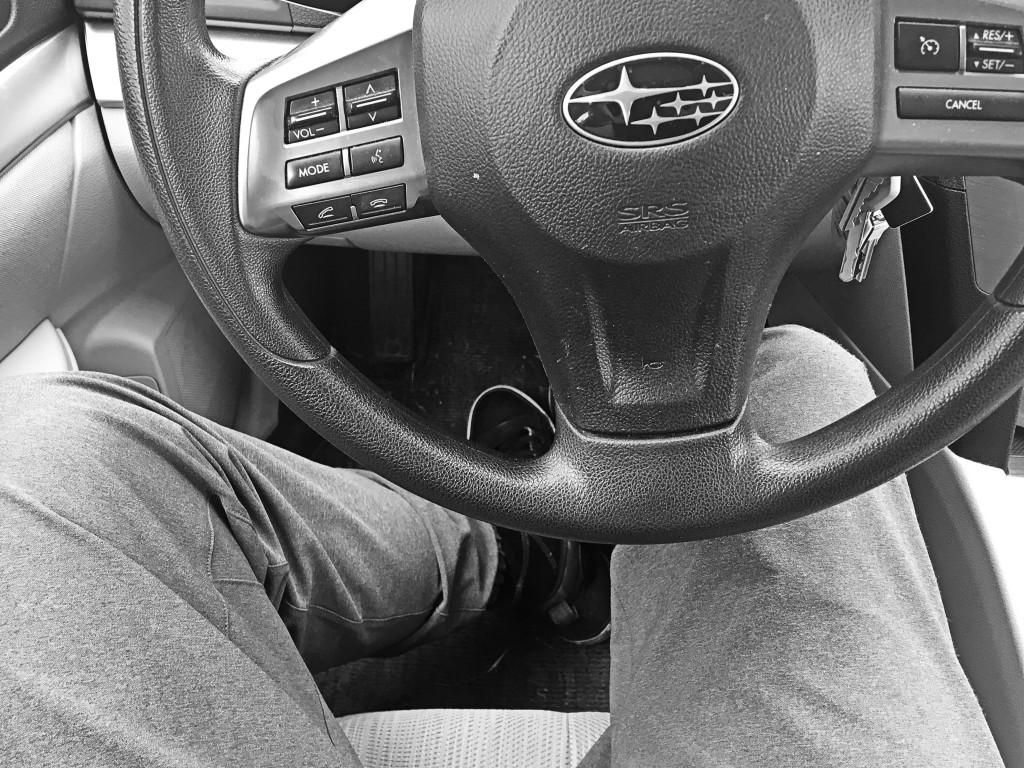
Leave A Reply (No comments so far)
You must be logged in to post a comment.
No comments yet